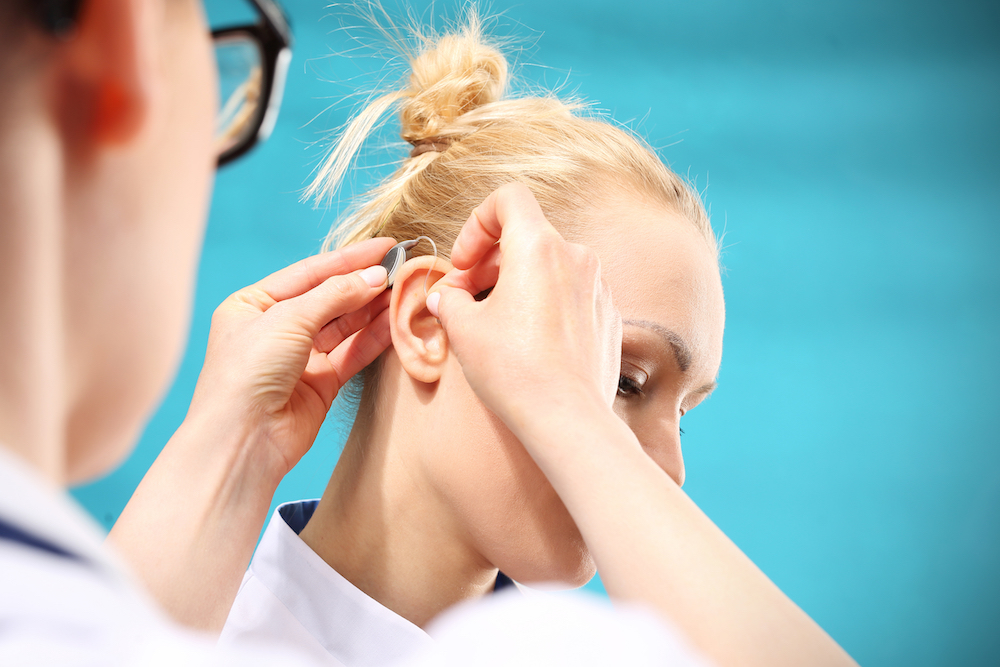Importance of Hearing Protection
Hearing is important. We use our hearing to listen to our loved ones speak

By: admin | July 31, 2018
Your hearing aid fitting could make a huge difference in your life. The change will be sudden and dramatic. As soon as it’s switched on, you will be able to hear sounds that you haven’t encountered in a long time. To make that change as easy and effective as possible, you want to choose the best hearing aid. But which one is the best, exactly?
The key feature of an effective hearing aid is its ability to help combat your hearing loss. For that reason, working with an audiologist is crucial. They can help you choose a device by carrying out a thorough hearing test, figuring out whether you have mild, moderate, severe or profound hearing loss. Depending on your level of hearing loss, some types of devices might not be effective at all, so don’t go selecting a hearing aid without knowing your level of hearing loss.
Keep in mind your hobbies, your home life and your work environment when you’re talking about the kind of devices you want. If you spend a lot of time swimming, for instance, you might do better with a device that has a waterproof feature. If you work in an active, social environment, a directional microphone can help your device better pick up the specific sounds of whomever you’re talking to in that moment. There are devices that can help you pick up or cancel out certain kinds of noise depending on the type of environment you’re in, too. An audiologist will ask plenty of questions about your lifestyle to help you make the best choice of device.
Another reason that your audiologist should always be involved in the process of selecting a hearing aid is in making sure that it fits. Part of their pre-fitting process includes taking a mold of your ear. This helps them choose the devices that best fit that shape of your ear. If you choose a device with a poor fit without the help of the audiologist, it can very quickly become uncomfortable and even painful to wear.
Everyone has a different level of dexterity that needs to be carefully considered. If you have no problem working with very small devices, then an invisible in the canal or completely in the canal hearing aid might work best for you. If you have the best hand coordination, however, then a larger device like a behind the ear hearing aid might be best for you. Being comfortable with how you control the device matters, too. Would you prefer the manual controls of behind the ear devices or the Bluetooth app controls that come with many new in the ear hearing aids?
If you haven’t noticed yet, there is no one “best” hearing aid. Rather, you find the best one for you by working with your audiologist to figure out your needs. Keep those needs in mind during the process of selection.

Hearing is important. We use our hearing to listen to our loved ones speak
By: admin | March 5, 2019
